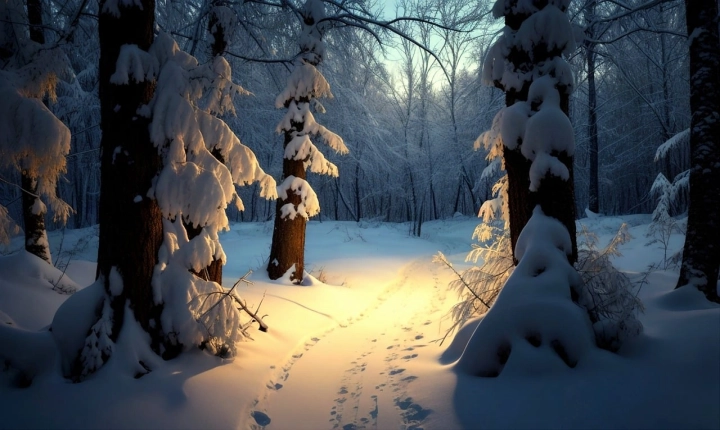Artificial intelligence (AI) has become deeply integrated into various aspects of our lives, including the creation of art. With the advancement of AI technology, it has become possible to generate stunning and intricate digital artwork that rivals the creations of human artists. This has raised the question of whether AI-generated art can be used for YouTube videos, and whether it can provide a valuable addition to the content created by YouTubers.
AI-generated art is created using algorithms and machine learning techniques that can analyze and mimic the styles of famous artists or generate entirely new and original artworks. These digital creations can encompass various forms of art, including paintings, illustrations, and even 3D models. The level of detail and complexity in AI-generated art is truly remarkable, and it opens up a new world of possibilities for artistic expression.
In the context of YouTube videos, incorporating AI-generated art can bring several benefits to content creators. One of the most significant advantages is the potential for enhancing visual appeal and creativity in videos. By integrating AI-generated art into video content, YouTubers can add a unique and sophisticated visual element that captivates their audience. Whether it’s using AI-generated illustrations to visualize complex concepts or integrating AI-generated 3D models into animations, the possibilities are virtually endless.
Moreover, AI-generated art can provide a cost-effective solution for content creators, especially those who may not have access to traditional artists or resources to produce high-quality visual content. AI-generated art can be produced efficiently and on-demand, allowing YouTubers to access a wide range of artistic assets without the need for extensive time or financial investment.
Furthermore, AI-generated art can serve as a source of inspiration and creative exploration for YouTubers. By leveraging AI-generated art, content creators can experiment with new visual styles and push the boundaries of their content to deliver fresh and engaging experiences to their audience. Additionally, AI-generated art can be a valuable tool for educational content, as it can aid in visualizing complex information and making it more accessible to viewers.
However, despite the numerous advantages, there are also considerations and potential challenges associated with using AI-generated art in YouTube videos. One of the primary concerns is the ethical and legal implications of using AI-generated art that may resemble the work of human artists. Content creators must be mindful of copyright issues and ensure that they have the necessary permissions or licensing agreements for the AI-generated art they incorporate into their videos.
Additionally, there is a debate surrounding the authenticity and emotional depth of AI-generated art compared to human-created art. While AI can simulate various artistic styles and techniques, some argue that the emotional and cultural context inherent in human-created art cannot be fully replicated by AI. Content creators should be conscious of these considerations and strive to use AI-generated art in a respectful and thoughtful manner.
In conclusion, AI-generated art holds tremendous potential for enhancing the visual appeal and creativity of YouTube videos. Content creators can leverage AI-generated art to elevate their content and offer unique and compelling experiences to their audience. However, it is essential for YouTubers to navigate the ethical and legal considerations associated with using AI-generated art and to approach its use with a careful and respectful mindset. As AI technology continues to advance, the integration of AI-generated art into YouTube videos is likely to become an increasingly influential and exciting trend in the realm of digital content creation.
